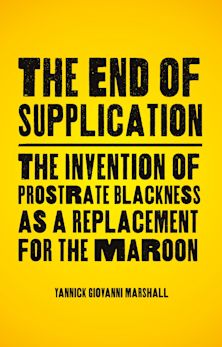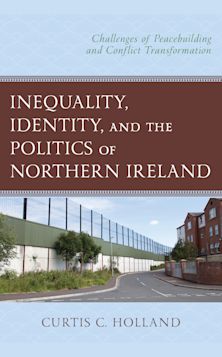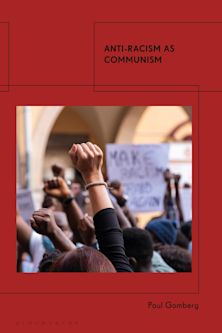Cinematic Landscape and Emerging Identities in Contemporary Latin American Film
Cinematic Landscape and Emerging Identities in Contemporary Latin American Film
Description
Cinematic Landscape and Emerging Identities in Contemporary Latin American Film offers a series of perspectives, produced from a diverse array of aesthetic and theoretical approaches, that build on previous studies about cinematic landscape and space while addressing it from a regional perspective. This book explores how contemporary Latin American filmmakers have included, created, or transformed different types of landscapes in their works. The chapters highlight the centrality of landscape as a meaningful space in film, composed in addition to the image, sound, and movement. The core of the edited collection revolves around films where landscape emerges as a crucial element to transmit the urgency of issues affecting diverse Latin American societies. The representation of emerging social actors, such as Indigenous groups, Afro-Latin Americans, LGBTQIA+ communities, migrants, environmentalists, and women, offers a localized view of sociocultural, political, and environmental challenges from marginalized and dissenting voices.
Table of Contents
Chapter 1:Beyond Utopias: Urban Landscapes in Contemporary Venezuelan Cinema
Omar Rodríguez
Chapter 2: De vientres y aguas: Women and Landscape in El niño pez and El verano de los peces voladores
Sandra V. Navarro
Chapter 3: Enclaves of Entrapment: Capitalism’s Waste in Maquilapolis and 7 Prisoneiros
Andy Leonel Barrientos-Gómez
Section II: Colonial, Postcolonial, and Historical Landscapes
Chapter 4: Unraveling the Colonial Landscape in Lucrecia Martel’s Zama.
Amanda Holmes
Chapter 5: Old Habits in the New Lima: Perverse Spaces in Octubre (2010) and Rosa Chumbe (2016).
Pablo Salinas
Chapter 6:Exploring Bolivian Cartography in Juan Carlos Valdivia's Films: Landscapes, Crises, and Transformations
María Soledad Paz-Mackay and Argelia González Hurtado
Section III: Violence and Gendered Landscapes
Chapter 7:The Disappearing Landscape: Narratives of Displacement in Two Venezuelan Ecofeminist Documentaries
Zaira Zarza
Chapter 8: Desert as a Memoryscape in El guardián de la memoria
Ana Cornide and Tatiana Navallo
Chapter 9.Close-ups of Political Violence: Faces as Affective Landscape in Magallanes (2015)
Marcos Moscoso Garay
Chapter 10:The Landscape of Confinement: Abject Exclusion in Fernando Pérez’s La pared de las palabras (2014)
Lauren Peña
Section IV: Director’s Point of Views about Cinematic Landscape
Chapter 11: In Conversation with Filmmaker Francisco Huichaqueo
Bridget V. Franco
Chapter 12: Landscapes of Haptic Visuality and Affects: A Conversation with Cuban Filmmaker Patricia Ramos
Maybel Mesa Morales
Product details
| Published | Mar 06 2024 |
|---|---|
| Format | Ebook (PDF) |
| Edition | 1st |
| Extent | 234 |
| ISBN | 9798216338833 |
| Imprint | Lexington Books |
| Illustrations | 39 BW Illustrations |
| Publisher | Bloomsbury Publishing |
Reviews

ONLINE RESOURCES
Bloomsbury Collections
This book is available on Bloomsbury Collections where your library has access.


































